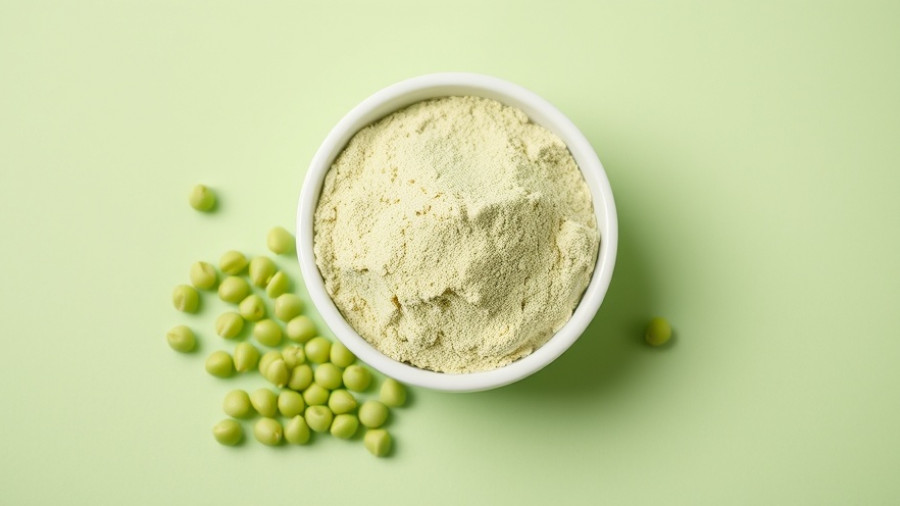
Understanding the Evolution of Diabetes Diets
For years, individuals managing diabetes turned to an exchange list system to regulate their meals based on calories and carb counts. Organizations like the American Diabetes Association (ADA) and the Academy of Nutrition and Dietetics (ADN) developed this method to simplify meal planning. However, as dietary science has progressed, and with the rise of holistic meal approaches, the ADA now promotes the Diabetes Plate method, which integrates a variety of healthy eating patterns.
What’s on the Exchange List for an 1,800-Calorie Diabetes Diet?
The 1,800-calorie diabetes diet is crafted to balance nutrition and manage blood sugar levels effectively. The exchange list provides guidelines for food items that fit within categorized groupings, making it easier to substitute items without losing nutritional value.
Key Food Groups and Their Benefits
Here's a brief overview of the major food categories included in the exchange list:
- Starches: Foods like whole-grain toast and whole wheat pasta offer sustained energy and help maintain blood glucose levels. The ADA encourages choosing whole over refined grains to benefit overall health.
- Fruits: Naturally rich in vitamins and minerals, fruits such as berries and apples are an excellent source of fiber, which aids in digestion and blood sugar regulation. Prioritizing whole fruits over juices is recommended for better health outcomes.
- Dairy Products: Low-fat options such as unsweetened yogurt and milk are recommended to provide calcium without excess saturated fat, crucial for those managing glucose and cholesterol.
- Proteins: Lean meats, especially poultry and fish, provide essential nutrients while minimizing unhealthy fats. Including a balance of lean, medium-fat, and high-fat meat options helps cater to individual dietary needs.
- Non-Starchy Vegetables: These vegetables, including broccoli and spinach, are nutrient-dense and low-calorie, making them optimal for filling plates.
- Fats: Healthy fats, such as those from olive oil and nuts, support heart health, which is vital for people with diabetes.
Composing a Balanced 1,800-Calorie Meal Plan
A day on this diabetes meal plan might start with a breakfast of scrambled eggs and whole-grain toast with fruit, providing a balance of protein, healthy fats, and carbohydrates. For lunch, a turkey sandwich with a side salad offers lean protein and essential veggies, while dinner could feature grilled chicken, sautéed spinach, and a small sweet potato. Snacks should focus on low-fat dairy paired with whole-grain options to remain within calorie limits while satisfying hunger.
Flexibility in Meal Planning: The Plate Method
With the introduction of the Diabetes Plate, individuals can simplify meal preparation without the need for detailed tracking of exchanges. Using a standard plate divided into sections for vegetables, proteins, and carbohydrates allows for customized meals in diverse eating patterns like the DASH or Mediterranean diets.
Emphasizing Personalization in Nutrition
The ADA underscores the importance of personalization, suggesting that no single eating method suits everyone. It is essential for individuals to consult healthcare professionals when selecting a meal plan tailored to their specific health requirements, preferences, and lifestyles.
Actionable Tips for Managing Diabetes Diet
To make the most of your meal planning:
- Incorporate a variety of color and texture into meals to enhance appeal and increase nutrient intake.
- Plan meals at regular intervals to maintain a steady energy supply and prevent cravings.
- Track your carbohydrate intake and pair carbs with protein or healthy fats for stable blood sugar levels.
- Stay hydrated, as sometimes thirst is mistaken for hunger, leading to unnecessary snacking.
- Experiment with herbs and spices to enhance flavor without adding extra calories or sodium.
Engagement with the Community
In Central Ohio, a wealth of resources exists for those seeking support with diabetes management. Local health clinics and programs offer workshops and informative sessions that promote healthy, structured meal planning. Embrace the community by participating in local health fairs or cooking demonstrations that can provide practical insights into diabetic nutrition.
By understanding how to efficiently utilize the exchange list and balance each food group, health-conscious individuals can craft a diabetes-friendly diet that supports both physical and emotional well-being. It's vital to consult with dietitians who can help navigate personal goals and dietary habits.
 Add Row
Add Row  Add
Add 




Write A Comment